The Apeirographer's Manifesto
An artist is one who strives to propel their vision of the world towards the collective consciousness of all humanity. From the neolithic cave paintings at Wadi Sura to the works of classical masters and contemporary artists, an oppressive majority of all art conveys vistas only from the physical and mental realms. This neglect of the mathematical realm arises from the historical scarcity of education and the relative recency of tools fast, flexible, and sophisticated enough for mathematical research, chief among them the programmable computer.
The recognition of this pervasive absence should shock artists of mathematical ability into action, compelling them to fight for their place in history among the pathfinders who labour to reveal novel and timeless glimpses of the infinite and infinitely varied unseen world that is the mathematical realm, anticipating the new era of art history that is upon us.
I.
The Apeirographer is an artist-mathematician, who understands the world through the lens of mathematical realism, perceiving mathematical entities as having existence and reality of their own, independent of the material world—a view shared by Srinivasa Ramanujan, Erdős Pál, and Roger Penrose among other respected academics. Through this paradigm, they recognize mathematics as an exceptional, timeless, and uniquely immutable subject utterly worthy of study and creative exploration.
II.
The focus of apeirography as a movement is the nexus of mathematical research and artistic revelation, the inherent spirit of which calls for the rational rejection of discrimination, hate, and oppression based on ability, creed, ethnicity, gender, legal status, nationality, race, sex, sexual orientation, and any other inherent or externally imposed attribute.
III.
Apeirography is mathematical photography, the art of reifying mathematical entities, properties, and relations in an aesthetic yet faithful manner.
IV.
Apeirography is…
- fine art, aiming to produce aesthetic works;
- documentary art, restricted to mathematically extant subjects;
- representational art, committed to authenticity of representation;
- abstract art, by virtue of its underlying subjects;
- algorithmic art, necessarily;
- digital art or traditional visual art only incidentally.
V.
Apeirography is...
- not aesthetically complacent,
it demands conformance to the artist's aesthetic vision; - not a free-form creative process,
it must respect the boundaries of its subject; - not a result-aimed algorithmic/generative process,
it is revelatory of abstract entities that have always been there; - not inclusive of all mathematical data representation,
it encompasses only intentional, aesthetically cohesive works of art.
Daïm Aggott-Hönsch
apeirography.art/manifesto
2016. VI. 25. / 2019. VIII. 17.
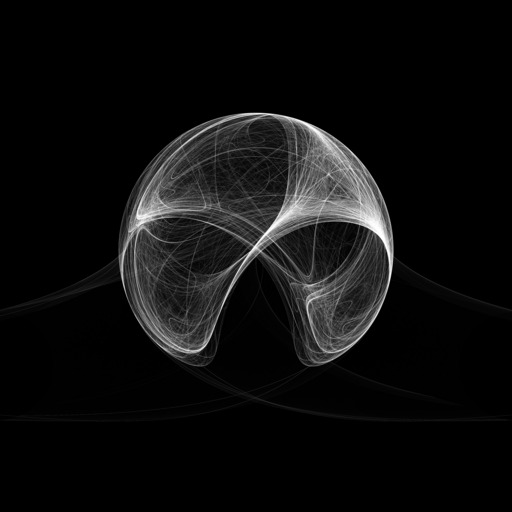
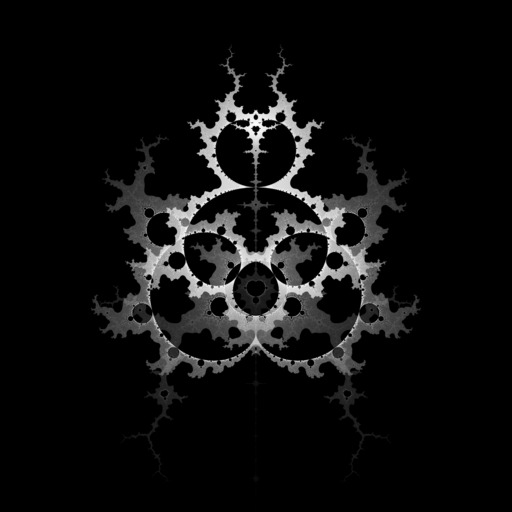
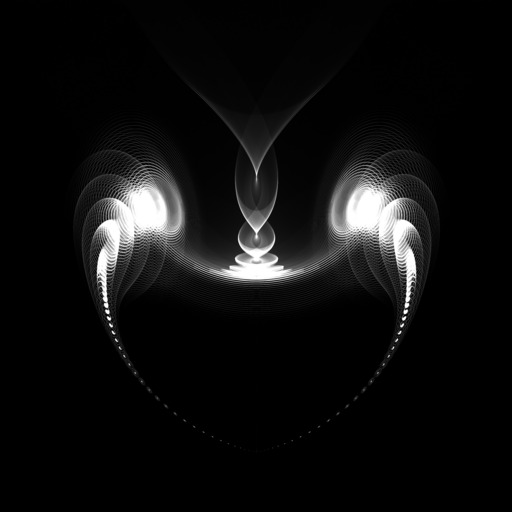

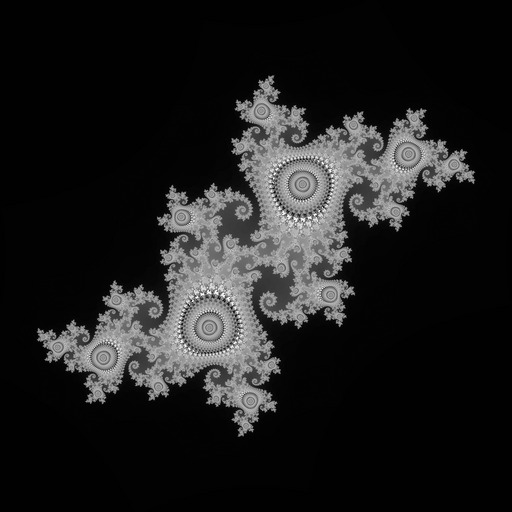
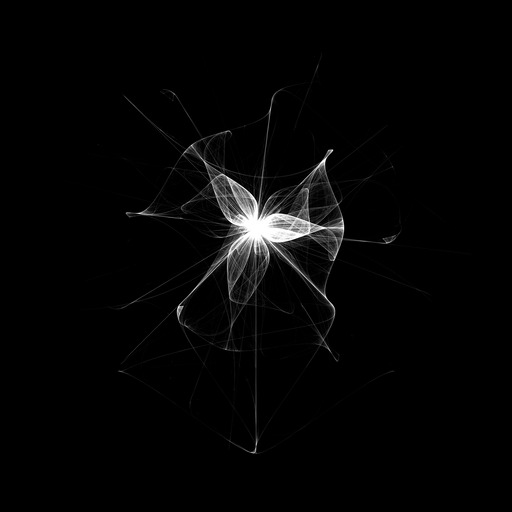
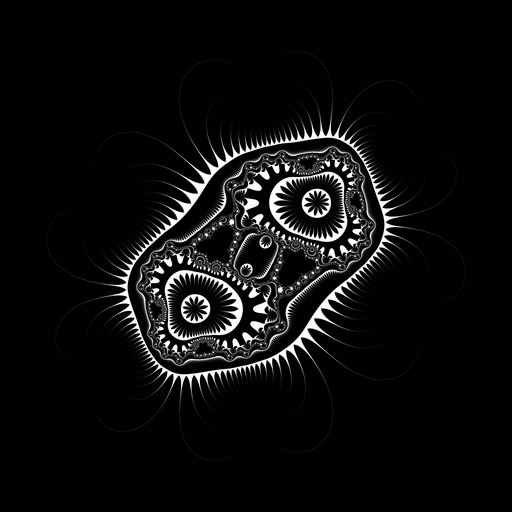
© Copyright 2012–2020 Daïm Aggott-Hönsch. All rights reserved. · Privacy Policy